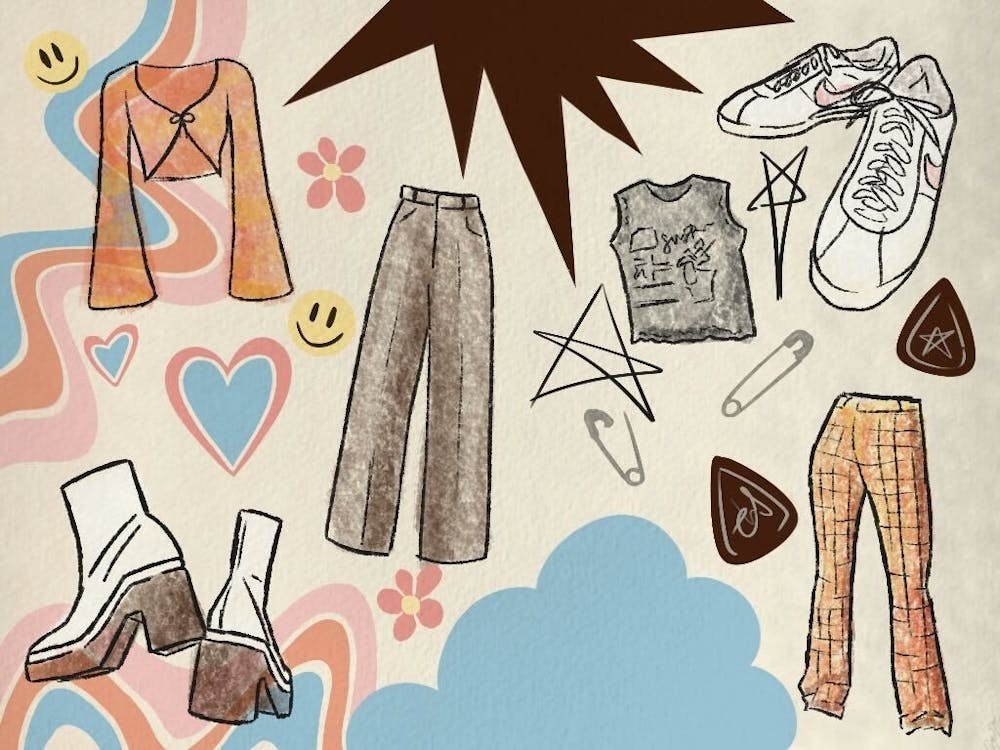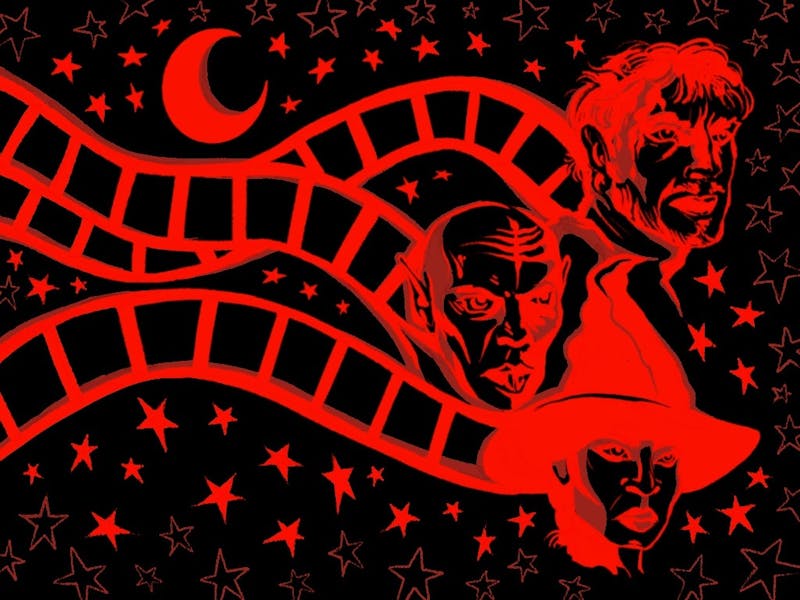Bell bottoms, shag haircuts, and statement sunglasses. They’re all trends from the 1970s that have resurfaced in the last couple of years. Or maybe, you think of motorcycle jackets, tartan, and Doc Martens. Though the two seem unlinked, both were styles associated with political and social oppositions, often known as counterculture.
In the latter half of the 1960s, the United States decided to send combat forces to Vietnam in allyship with the south. Though support for the war began relatively high, it quickly dropped due to the extreme violence and lack of objectives. The resistance became monumental, even leading to the U.S. withdrawal in the early 70s.
Leading the resistance, besides political officials, were college students. Though many of these protests took place at Northeastern and West Coast campuses, USC was home to some smaller demonstrations in May of 1970. The fight for free speech on various college campuses quickly became an opportunity for anti-war protests, as well.
Anti-war culture and peace movements are still present today. In fact, the beginning of 2020 saw a huge rise in counterculture. Boundless Sociology defines the term as a lifestyle that goes against social norms. For example, the Black Lives Matter movement, which was highlighted in the wake of George Floyd’s murder, is a counterculture that goes against the white supremacy ideology in the United States.
Counterculture was especially present in the way people dressed.The eccentric fashion, often associated with movement and freedom, symbolized the desire to move away from repressive and restrictive societal ideas. In fact, college students were also the pioneers of what we now call “hippie” fashion.
As society has transitioned to the era of "influencers," there is still a dependence on young, college-aged people setting trends.
Other forms of 70s culture, like music, are making a return as well. Taylor Jenkins Reid’s book, Daisy Jones and the Six, based on the 70s phenomenon Fleetwood Mac, was released as a TV miniseries in March. The story follows the band through their turbulent moments of success, and eventually, their demise. The book shares many commonalities with the dynamic between Fleetwood Mac’s Stevie Nicks and Lindsey Buckingham.
Despite many counterculture movements originating in the United States, punk is a style whose origins have been debated for decades. However, many associated its beginnings with bands such as the Sex Pistols, who were based in London, and the Ramones, who formed in New York.
Emerging in the mid-70s, punk was often seen as a response to the laid-back culture of the hippies– a concept they thought would bring little change. Instead, “punks” valued anarchism and even aggression toward the establishment. In the United Kingdom, this meant anti-royalism. Their clothes often reflected these beliefs by challenging traditional gender roles and hierarchy.
As their website claims, the Sex Pistols believe they began the “true” era of punk– aggression and all. Malcolm McLaren, the band’s manager, was in a relationship with punk fashion pioneer, Vivienne Westwood, at the time of the band’s formation. Though it was long before her international success, the band helped to promote her alternative clothing while they performed. The pieces included T-shirts with deliberately offensive symbols printed on them.
Punk, much like the hippie movement, never really went away. The 2000s welcomed bands we now call “pop-punk,” such as Fall Out Boy, Panic! at the Disco, and Paramore. The similarities often include fast tempos, shouted vocals, and complicated guitar solos.
In 2022, Sex Pistols’ guitarist, Steve Jones, had his biography adapted into a miniseries that premiered on Hulu. Pistol, though met with mixed reviews, familiarizes younger generations with the inspiration for many of the era's staple pieces. These include leather jackets, studded belts, and oversized sunglasses.
Costume designer, Liza Bracey, told Vogue that punk style, “was just that encouragement to expand your imagination a bit.”



